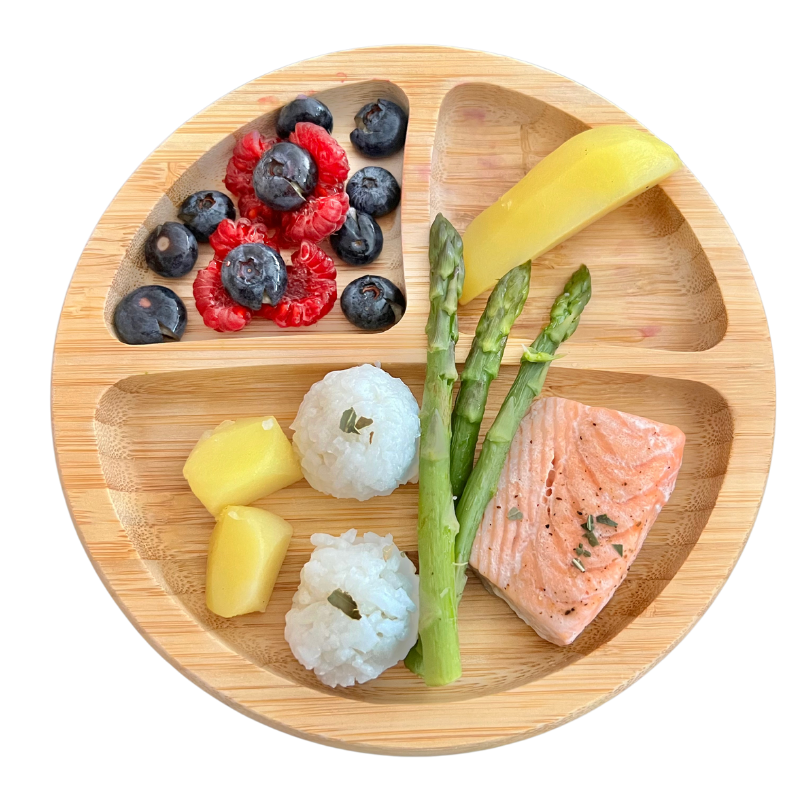
Bottle Feeding
Bottle Feeding
You may wonder about the best formula and equipment and how to feed your baby comfortably.
All infant formulas sold in the UK are regulated to meet high nutritional standards. So, no matter the brand or price, you can trust that your baby is getting the essential nutrients for healthy growth and development.
For more information on what you need and how to bottle feed, visit the NHS website on bottle feeding.
How to safely make a bottle feed
Maintaining excellent hygiene when preparing formula for your baby is important since their immune system is still developing. Washing and sterilising all feeding equipment, including bottles, teats, and other accessories, is essential before each feed.
This helps prevent infections, such as diarrhoea and vomiting.
For more information visit:
Responsive bottle feeding
Building a bond is important.
Feeds are a time for you and your baby to connect. Babies often feel more secure when most feeds are given by parents or primary caregivers, especially in the early weeks. This helps strengthen your connection to your baby.
By observing your baby's feeding cues (Click here), you can gain valuable insights into their feeding patterns and build a stronger connection with your baby.
Here are some tips to help your baby feel more secure
- Encourage the baby to open their mouth by tickling their lips with the teat.
- Gently insert the teat. Keep the bottle horizontal and just slightly tipped so the baby doesn't feed too fast.
- If the baby feeds fast, lower the heat so the milk flow slows.
- Never use a prop for the bottle or leave the baby alone with the bottle because they could choke.
- Don't force the baby to finish the bottle; it can be distressing for the baby and can mean they are overfed.
For more information on paced feeding, click here.
Sterilising
Sterilising your baby's feeding equipment, including bottles, teats, and other accessories, is crucial until your baby is at least 12 months old. This helps protect your baby from infections, especially diarrhoea and vomiting.
Remember!
- Consistency: The same cleaning and sterilising methods apply to breast milk and formula feeding.
- Safety first: Always ensure your baby's feeding equipment is clean and sterilised to protect their health.
How to Sterilise:
Click here to visit the NHS Start for Life webpage. Rest assured, by following the NHS guidelines, you'll be ensuring the cleanest and safest feeding environment for your baby.
.png)
